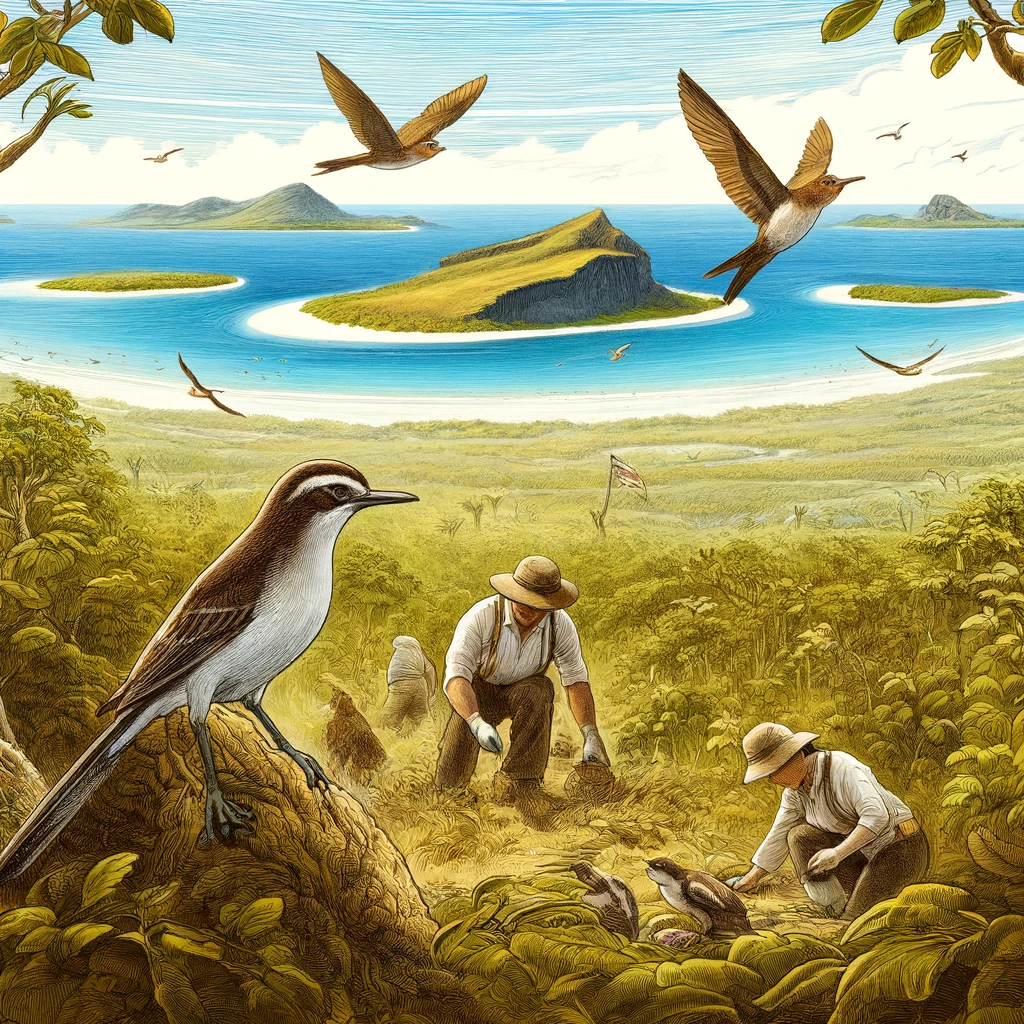
BioGrowth Certificates
What are BioGowth Certificates?
BioGrowth Certificates (BGC) enable investments in nature-based projects that offer both carbon and biodiversity credits.
BioGrowth Certificates represent a pioneering financial asset that certifies commitments and impacts aligned with the emerging TNFD guidelines, promoting nature-positive outcomes. The certificates mitigate several prevalent issues such as transparency deficits, restricted liquidity, risks of double counting and greenwashing, and challenges in monitoring and verification.
Each BioGrowth Certificate is tied to a specific nature recovery project, enhancing its value with exclusive benefits including privileged access to high integrity credits.
Projects adheres to rigorous standards and methodologies, such as those established by Verra (VCS) for carbon credits or Wallacea for Biodiversity credits, guaranteeing that investments yield measurable, verifiable, and reportable biodiversity and social benefits. Widely-recognised project developers ensure that every project undergoes thorough third-party verification, upholding the highest levels of integrity and environmental impact.
Framework
A Path to Nature Positive
BioGrowth Certificates provide a solid, transparent, and credible avenue for nature-positive investments. These certificates enable the digital representation of the rehabilitation of a land asset, complete with regular reporting and opportunities for phased investments. This reliable mechanism allows you to closely monitor the enhancements tied to your investments.
Upon reaching maturity, claims related to Biodiversity or Carbon can be made in accordance with the TNFD (Taskforce on Nature-related Financial Disclosures) accounting guidelines. This ensures that credits adhere to standardised, rigorous environmental reporting and accountability standards, facilitating transparent and verifiable claims about the ecological impacts and carbon sequestration achievements of the project.
Funding Packs
PIN document
Ecosystem strategy, including metrics
Legal and regulatory framework
Implementation and stakeholder engagement
Financial model
Issuance schedule
Price Structure
IC utilises a detailed methodology to determine the pricing of BioGrowth Certificates, centered on the diverse expenses involved in their development and administration. Our pricing model starts with the 'Cost of Production,' covering essential investments for biodiversity conservation or restoration at the project site. This encompasses a range of expenses such as labor, materials, land management, and any necessary technological interventions.
At IC, we meticulously check accounts for various cost layers to establish a price that not only covers the project's expenses but also guarantees fair benefits for all stakeholders involved. Our transparent and multi-faceted pricing strategy underpins the long-term sustainability of our biodiversity and carbon credits and builds trust among investors, participants, and the wider community.
Insurance
BGC’s can be purchased with insurance to cover unforeseeable events related to the each project.
Trusted and Traceable Verification
3rd party scientifically peer reviewed stages includes all the recorded processes and data auditable.
By recoding on-chain in public ledger, truth to support claims can easily be traced back to the source. A transparent repository of key information for each account and certificate is maintained on the same chain, enabling a single point of of entry for auditors.
Project Validation
Conducted at the outset of a project to confirm that the selected metrics, proposed methodologies for quantifying each metric, and sampling strategies are suitable.
Gains Verification
Occur at each verification event, at which point the developer submits a claim regarding the extent of biodiversity gains achieved.
Projects
Live
Romania
Protecting high value grasslands
Parts of Transylvania have very high biodiversity produced by traditional farming techniques used by small-scale farmers that has produced a biodiverse rich landscape which is being rapidly lost by sale to large agro-businesses that are ploughing these high value nature areas into huge fields.
Awardable Credits:
Carbon: 384'000
Biodiversity: 421’471
United Kingdom
Rewilding a Scottish
island
Rewilding of the largest UK uninhabited island with protection of iconic machair and breeding bird populations plus reintroduction of iconic habitats and species.
Awardable Credits:
Carbon: 287’000
Biodiversity: 236’000
To be released
Spain
Restoring a
wetland
This project provides the additional funding needed on top of EU grants to restore a large wetland.
Awardable Credits:
Biodiversity: 199’000
Mexico
Protecting the buffer zone
of a national park
This is an area of buffer zone forest adjacent to a World Heritage site which is under significant threat from expansion of cattle farming and threats to jaguar populations.
Awardable Credits:
Carbon: 1’750’000
Biodiversity: 600’000
Ecuador
Re-introducing extinct species to Galapagos islands
Grant funding has enabled the removal of invasive species (rats, mice, cats, goats, pigs) on Floreana Island to enable the re-introduction of a number of native species that have survived on tiny offshore islets to restore the island to a pristine nature condition.
Awardable Credits:
Biodiversity: 2’750’000








